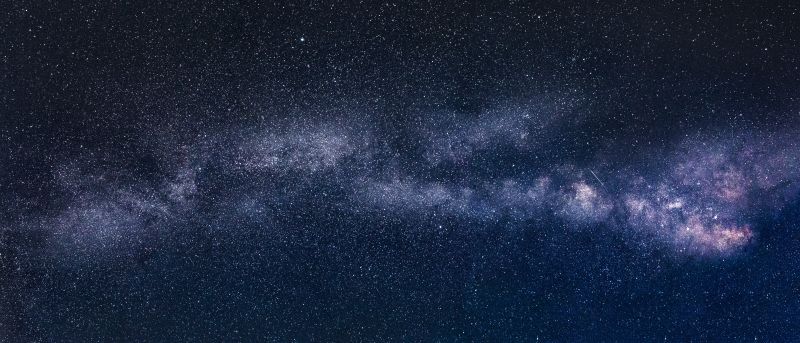The Dynaverse team has been selected to face the major challenges that await us in the era of Big-Data astrophysics.
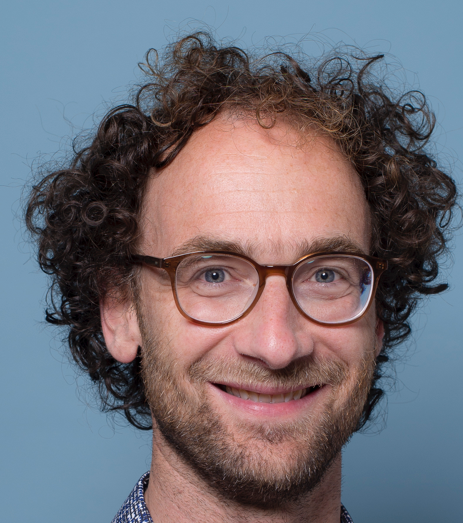
Prof. Dr. Jochem Baselmans (TU Delft/SRON and UoC Global Faculty) is a full professor in experimental astronomy and an expert in the development of instrumentation for far-IR astronomy based upon MKIDs. He invented the concept of the on-chip spectrometer for far-IR radiation and received an ERC Consolidator Grant. He is the lead system engineer for the first on-chip spectrometer instrument, Deshima, fielded on the 10 m ASTE telescope in 2019, and its follow-up instrument Deshima-2. He is the detector lead for the new A-MKID camera on APEX and has pushed MKID technology to sensitivity levels suitable for future cryogenically cooled space-based observatories. He contributes to P1 and ARC3.
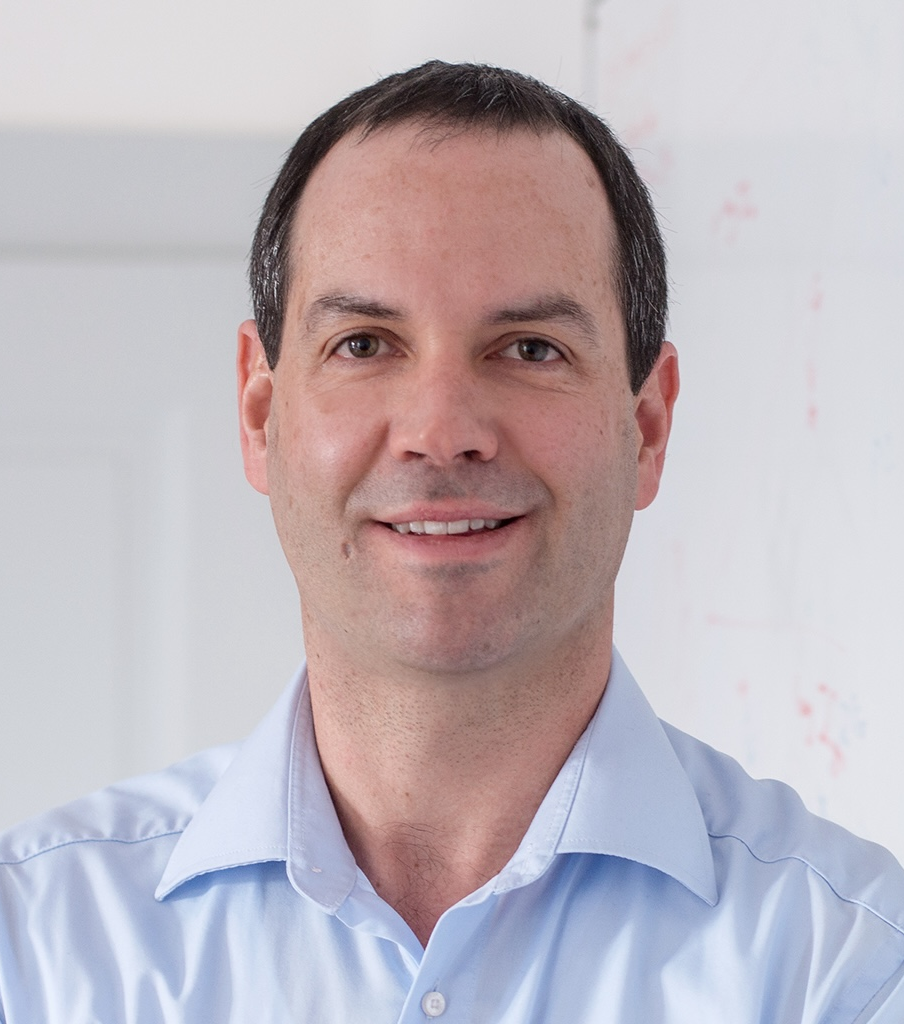
Prof. Dr. Frank Bigiel (UB) is a full professor for radio astronomy at UB. He is an expert for radio observations from cm to sub-mm wavelengths (P2) and for a wide range of radioastronomical facilities. His main research interests are the ISM and star formation in galaxies. He is the lead of ARC1, contributing to novel observations and radio observatories to probe, in particular, atomic hydrogen gas, its evolution over cosmic time, and the processing of interstellar matter on different timescales.
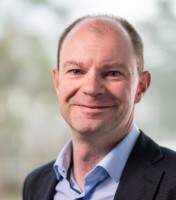
Prof. Dr. Michael Felderer (UoC and DLR) holds a professorship for computer science at the UoC and leads the Institute of Software Technology at the German Aerospace Center (DLR). Together with his team he investigates robust, secure and scalable AI and software engineering methods. Prof. Felderer will contribute to the application of ML / AI-methods (P5). Furthermore, he will be one of the key investigators of the SUE.
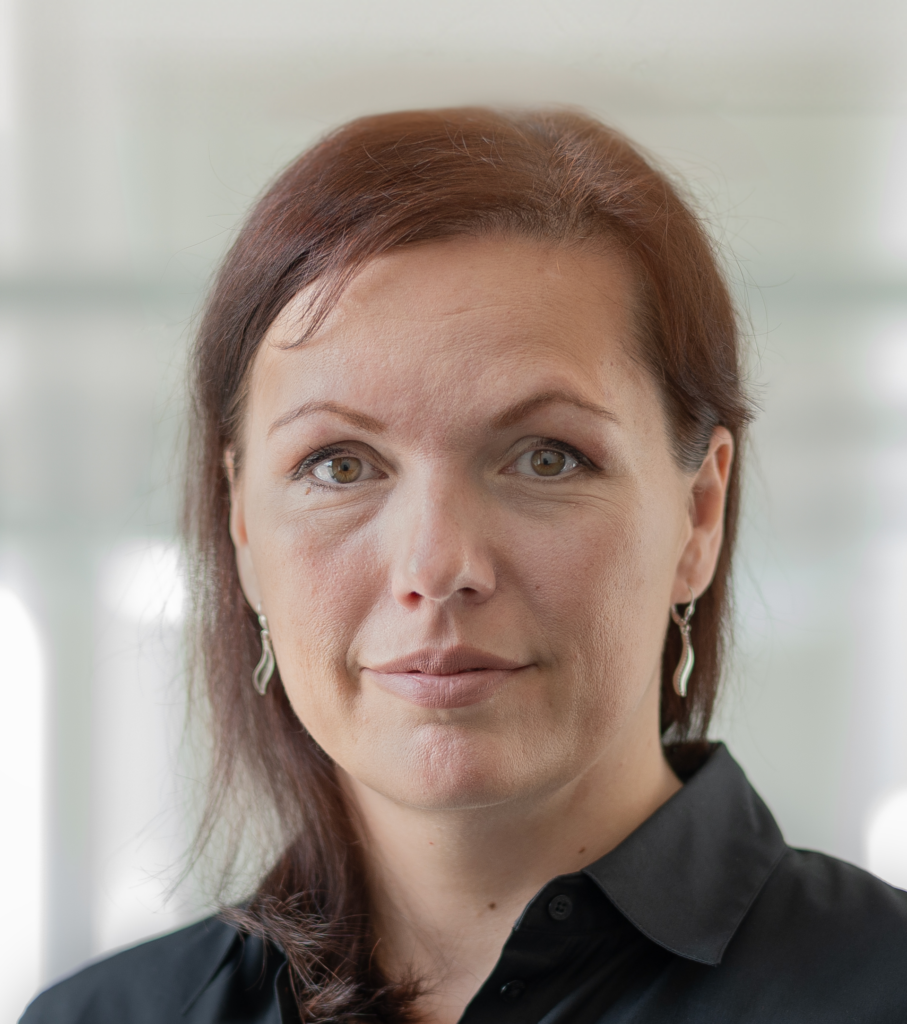
Prof. Dr. Lucie Flek (UB) is a full professor in computer science at UB and the Lamarr Institute, leading the Data Science and Language Technologies group and chairing the Lamarr NLP research area focused on building and analysing large language models. Her research encompasses machine learning, data science, and natural language processing. Her research group is part of the ErUM Data AI-Safety project collaboration. Before her career path in data science, Prof. Flek has been contributing to particle physics research at CERN. She will contribute to the SUE as well as as to the new Pillar P5.
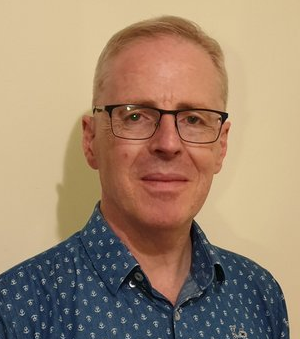
Prof. Dr. Gary Fuller (UManchester and UoC Global Faculty) is a professor of astrophysics. His main research area is the observational study of star formation, including studies of interstellar magnetic fields, at wavelengths from radio to the infrared. He therefore contributes essential knowledge to ARC1 and ARC2. He is an expert in (sub-)mm wavelength interferometric observations (P2) and is the PI of the UK ALMA-ARC Node, which supports astronomers using ALMA. He has also worked on astrochemical models and simulations (P4) of the radio emission from young stars and co-leads a group developing low-noise amplifiers for receivers on radio telescopes (P1).

Prof. Dr. Gregor Gassner (UoC) is a full professor in applied mathematics. One of his main research interests is the mathematical robustness of simulation methods for non-linear hyperbolic problems, their structural properties, and their efficiency, which is essential for P4. His research further focuses on the design of Exascale-ready software and the development of hardware-aware numerical algorithms, which is part of the new Pillar P5. He will link to ARC1, ARC2, and ARC3 with the development of novel overset grid methods for non-ideal MHD equations and their robust coupling to chemical emulators.

Prof. Dr. Michael Kramer (MPIfR) is a director of the MPIfR and leads the research department for fundamental physics in radio astronomy. His work focuses on the exploration and exploitation of the dynamic sky, especially for tests of gravity. He probes the vast uncovered parameters space of radio luminosity vs. observing frequency and timescale with data intensive radio astronomy with a focus on fundamental physics and transient phenomena. He is mainly contributing to P1 and P2 as well as to ARC2 and ARC3.
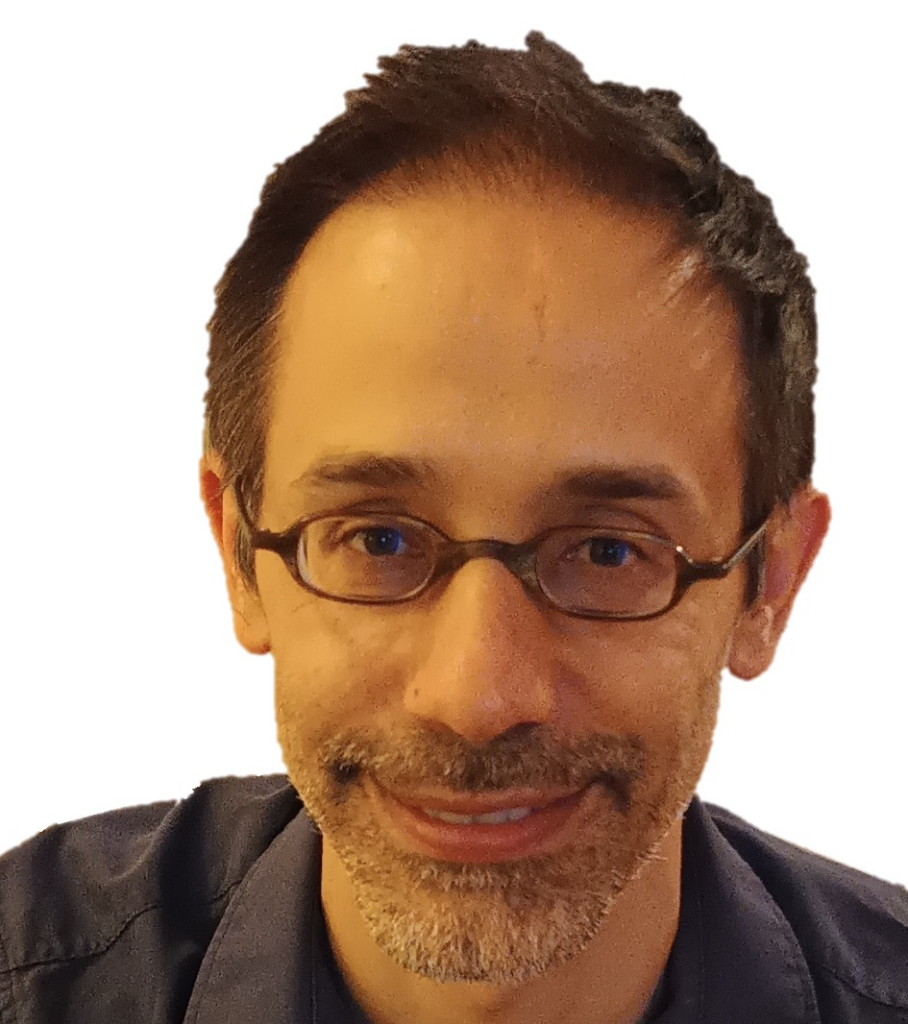
Prof. Dr. Lucas Labadie (UoC) is a professor for experimental astrophysics. As an observer (P2), his prime research interests reside in high-angular resolution studies of circumstellar discs in different classes of YSOs, the associated transport of matter, and binary systems down to the substellar regime. He is also active in the field of astronomical instrumentation, mainly for VLT / VLTI and the ELT for which he is METIS co-PI (P1). He will contribute directly to the exploration of matter flows at small scales in ARC1 and in the characterisation of short-lived phenomena in discs in ARC2.
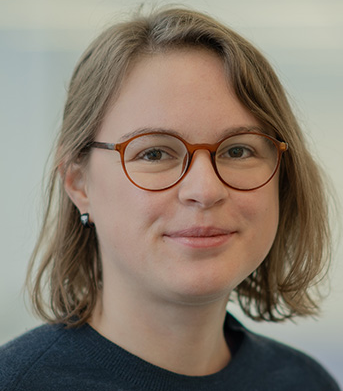
Jun.-Prof. Dr. Zorah Lähner (UB) is an assistant professor in computer science at UB and the Lamarr Institute. Her research is at the intersection of computer vision and ML, with a focus on the processing of geometric and heterogeneous data. She will contribute to the automatic analysis of large heterogeneous data and the combination of different wavelength information (P2) in ARC1 and ARC3, handling heterogeneous data in the SUE, and the mathematically correct and efficient interpolation between simulation grids (P4) in ARC1 by providing a link to P5.
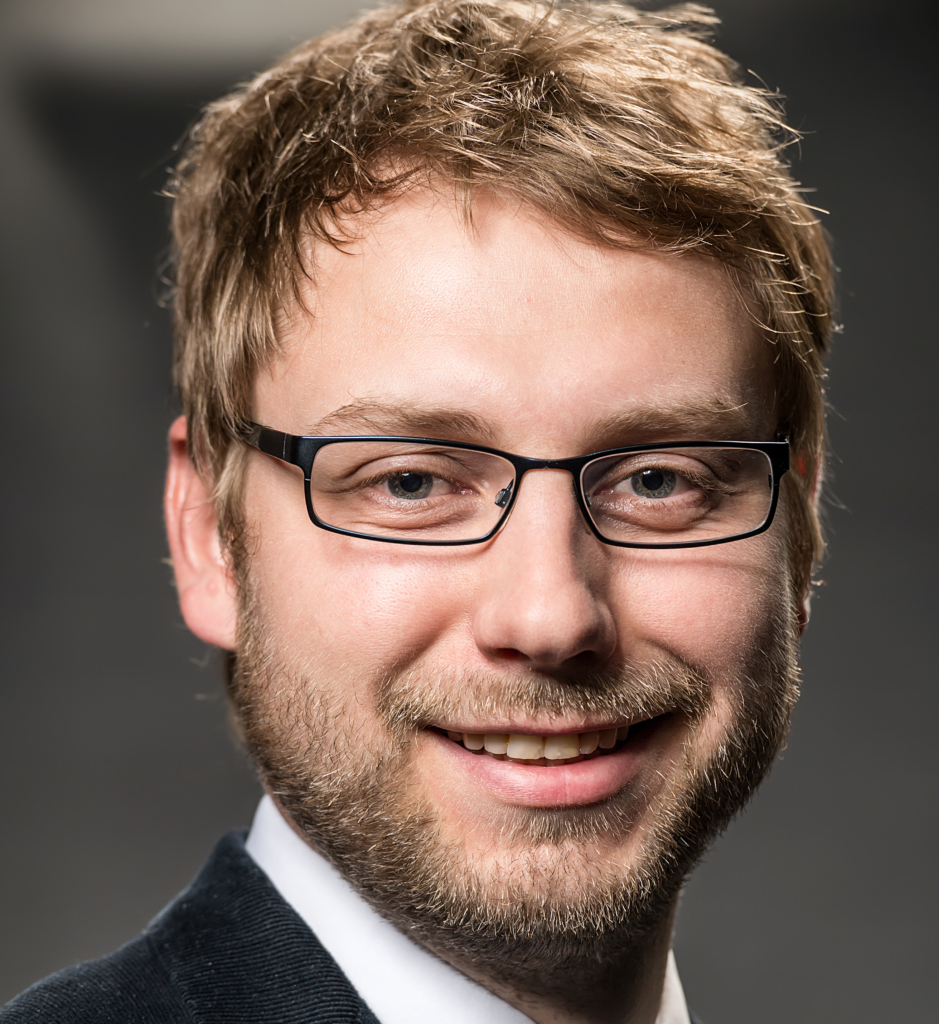
Dr. Andreas Lintermann (FZJ) leads the Simulation and Data “Lab Highly Scalable Fluids & Solids Engineering” at FZJ and is the coordinator of the European Centre of Excellence CoE RAISE. He has a strong track record in tackling complex AI-driven, physics-informed workflows, including simulations and big-data processing on heterogeneous HPC / quantum machines at Exascale. PI Lintermann will play a core role in establishing P5 and shaping the SUE, with additional contributions to P4. Specifically, he will contribute to developing data-driven models and investigating the optimal integration of such models into HPC multi-physics simulation frameworks on modular supercomputing architectures.
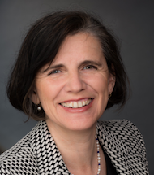
Prof. Dr. Susanne Pfalzner (FZJ and UoC) heads the Sim and Data Lab “Astro” at FZJ. She is also an associate professor at UoC and a guest scientist at the MPIfR. Her expertise lies in the simulation of star and planet formation, star cluster dynamics, Solar System formation, and interstellar objects. In ARC1 she focuses on small-scale objects like planetesimals, TNOs, and interstellar comets. She also links to ARC2, where she explores the discovery of potential rare objects, such as interstellar and extreme outer Solar System objects. Moreover, she contributes to the SUE, P4, and P5.
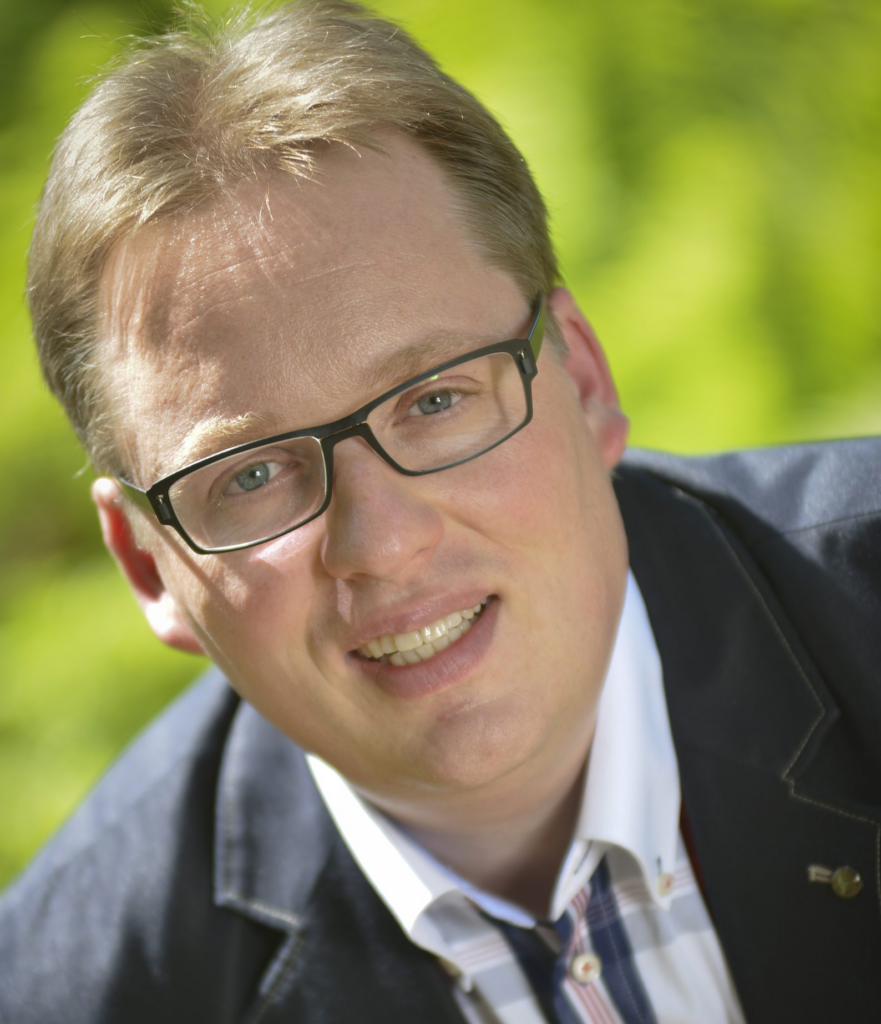
Dr. Kai Lars Polsterer (HITS) is leading the Astroinformatics group at HITS, becoming scientific director in 2025. He has strong expertise in analysing and processing heterogeneous and large datasets, with a scientific focus on evolutionary processes and extreme physics in galaxies, such as those found around active super-massive black holes (ARC1, ARC2). He plays a pivotal role for the SUE and in forming P5, with contributions to time series analyses, sparse-data problems, morphological classification, proper evaluation and training of models, and the development of exploratory research environments. He contributes to the analysis of data in the SKA, Gaia, LSST, and Euclid (P2) missions.

Prof. Dr. Cristiano Porciani (UB) is a full professor of astrophysics with research interests spanning cosmology (ARC3), galaxy formation (ARC1), and the intergalactic medium (ARC1 and ARC3). He is the designated co-spokesperson of Dynaverse and the managing director of the AIfA. His theoretical work combines analytical methods with N-body and hydrodynamical simulations (P4). He co-leads the work package on higher-order statistics for galaxy clustering in the Euclid Consortium. Within Dynaverse, he aims to develop and apply novel AI-based techniques for cosmological and astrophysical inference (P5) and to advance numerical-simulation methods (P4).
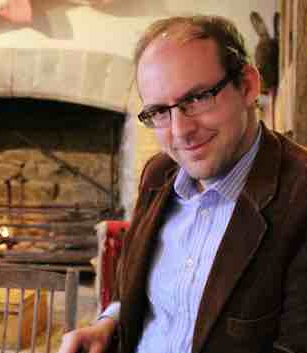
Prof. Dr. Jonathan Pritchard (MPIfR/Imperial College London) is a professor in astrostatistics (P5) and a leading theorist on reionisation and cosmology (P4). He has played a major role in developing the science case for 21 cm cosmology with the SKA and has held leadership positions in the SKA Epoch of Reionisation and Cosmology science working groups. He is a co-PI of the Radio Experiment for the Analysis of Cosmic Hydrogen (REACH) global 21 cm experiment and is developing statistical tools and numerical simulations for the analysis of data from SKA. He will contribute to ARC3.
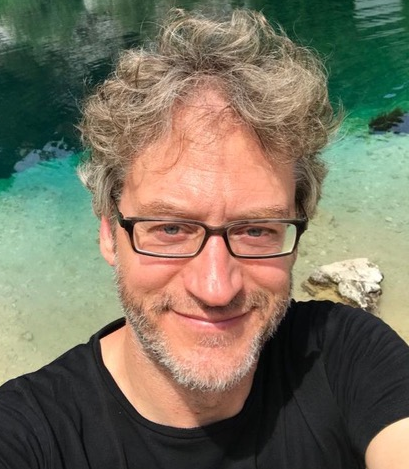
Prof. Dr. Thomas Reiprich (UB) is professor of astrophysics and leads the dark energy research group. His main fields of research include galaxy clusters, cosmology, and X-ray astronomy, in combination with data from multiple complementary wavelengths (P2). He is involved in several current and upcoming ground- and space-based surveys, including ASKAP / EMU, Rubin / LSST, SRG / eROSITA, Euclid, and ATHENA. He co-leads projects to investigate the matter and energy flows (ARC1), the cosmological tensions and the transition from matter to dark energy domination (ARC3), and contributes to the methods developed in the new Pillar P5, with his source detection and characterisation expertise.
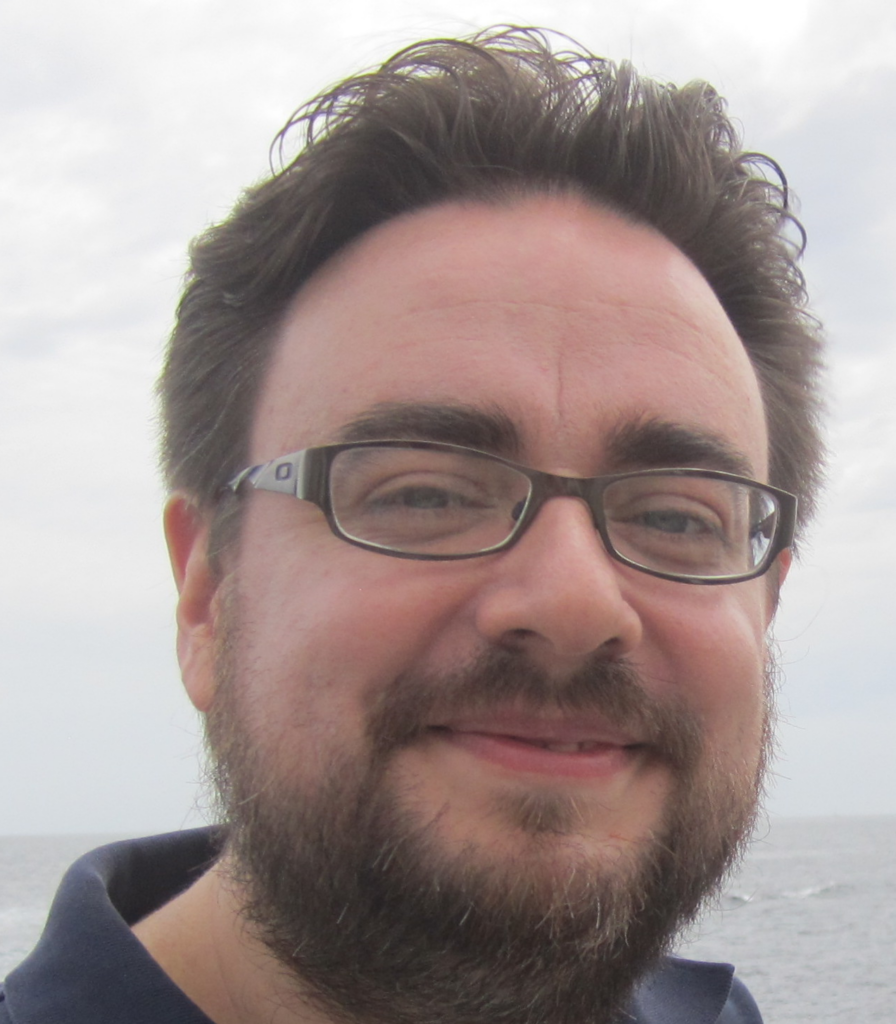
Prof. Dr. Dominik Riechers (UoC) is a full professor for experimental and observational astrophysics. He is an expert in multi-wavelength astrophysical observations of galaxy evolution through cosmic history (ARC1, ARC3) and radio to submm telescopes and instrumentation (P1, P2). He is the lead of the German CCAT consortium and has a pivotal role in future large observatories as part of the executive steering committee, e.g. science working group leadership for the ngVLA project and the German interest group in the DSA-2000 project (ARC1), which is now targeting German participation in both projects through participation in the German Long Wavelength (GLOW) consortium and the VdR.
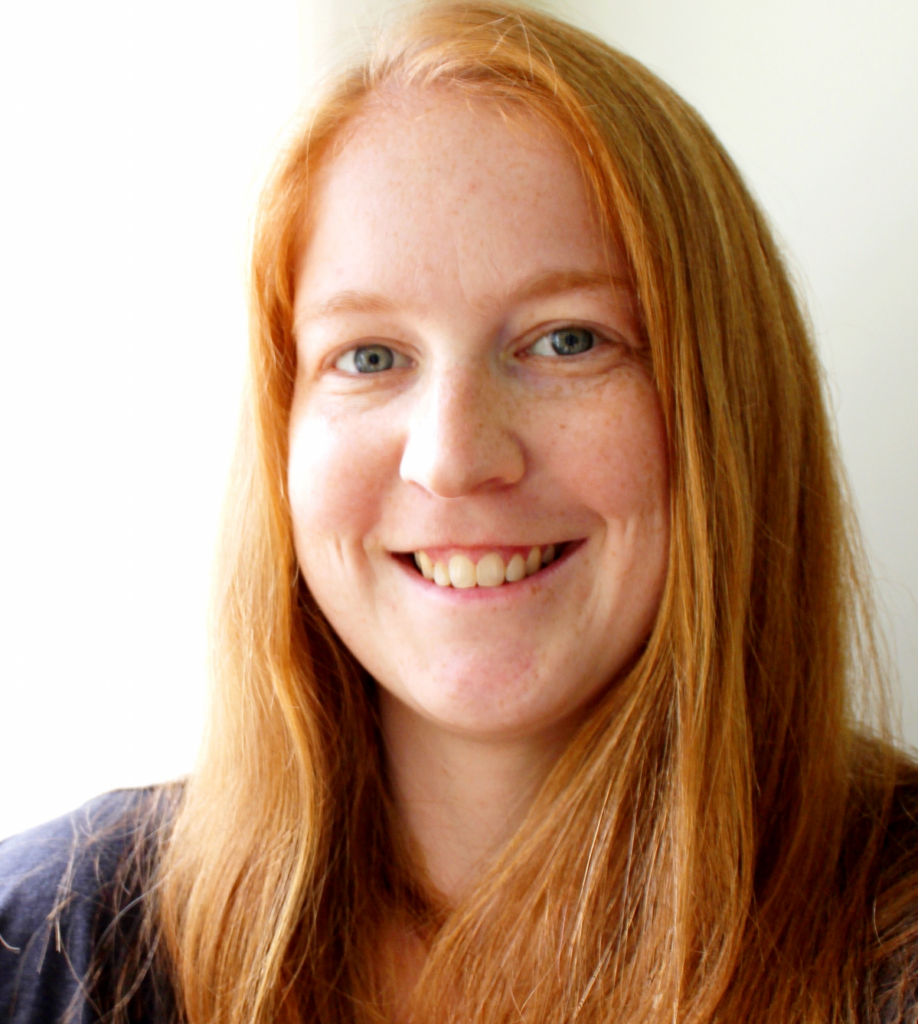
Prof. Dr. Amélie Saintonge (MPIfR) is the new director at MPIfR, where her work focuses on connecting the multi-scale processes that determine the growth and evolution of galaxies through successive episodes of star formation (ARC1). Given the huge range of spatial and timescales involved, her research naturally sits at the cross-section of all three ARCs. She is an expert in multi-wavelength observations (P2), with expertise across the spectrum, but with a specific focus on large surveys with (sub-)mm and cm radio facilities. As of mid-2025, she will be the PI of the APEX telescope. She has a strong interest in connecting with the expertise built up in P5 to exploit upcoming large radio surveys.
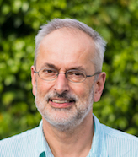
Prof. Dr. Peter Schilke (UoC) is professor for experimental astrophysics and an expert on observations (P2) and modelling (P4) of high-mass star-forming regions, with an emphasis on the astrochemical aspects. He is also co-PI of the German ALMA Regional Centre node. His scientific interests in Dynaverse are the study of mass flows in very diverse environments (ARC1) as well as the impact of short-time events on the star-formation process as such (ARC2) and ways of observationally constraining them in comparison with MHD simulations, using methods from P5.
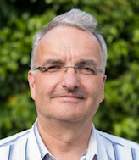
Prof. Dr. Stephan Schlemmer (UoC) is a professor for experimental physics and managing director of PH1. His research group is best known for developing leading technologies in molecular physics, with a focus on laboratory astrophysics (P3), which comprises work on high-resolution spectroscopy ranging from the microwave region to the infrared and optical regimes. Many molecules investigated in his laboratory have been found in space afterwards. His group operates the CDMS, the world’s largest repository of spectroscopic data in the (sub-)mm regime. The CDMS will be integrated into the SUE within Dynaverse to maintain it in the long-term. This work is relevant in ARC1 and ARC2.

Prof. Dr. Jennifer Schober (UB / EPFL) is a theoretical astrophysicist. She contributes to Dynaverse by exploring MHD in various astrophysical contexts using simulations (P4). Her focus lies on cosmic magnetic fields and their evolution from the early Universe (ARC3) to galaxies and galaxy clusters (ARC1). As a better understanding of cosmic magnetic fields helps to advance cosmological and astrophysical models, her work not only pushes the boundaries of theoretical astrophysics but also guides observational strategies and supports the interpretation of data from next-generation cosmological surveys (P2).
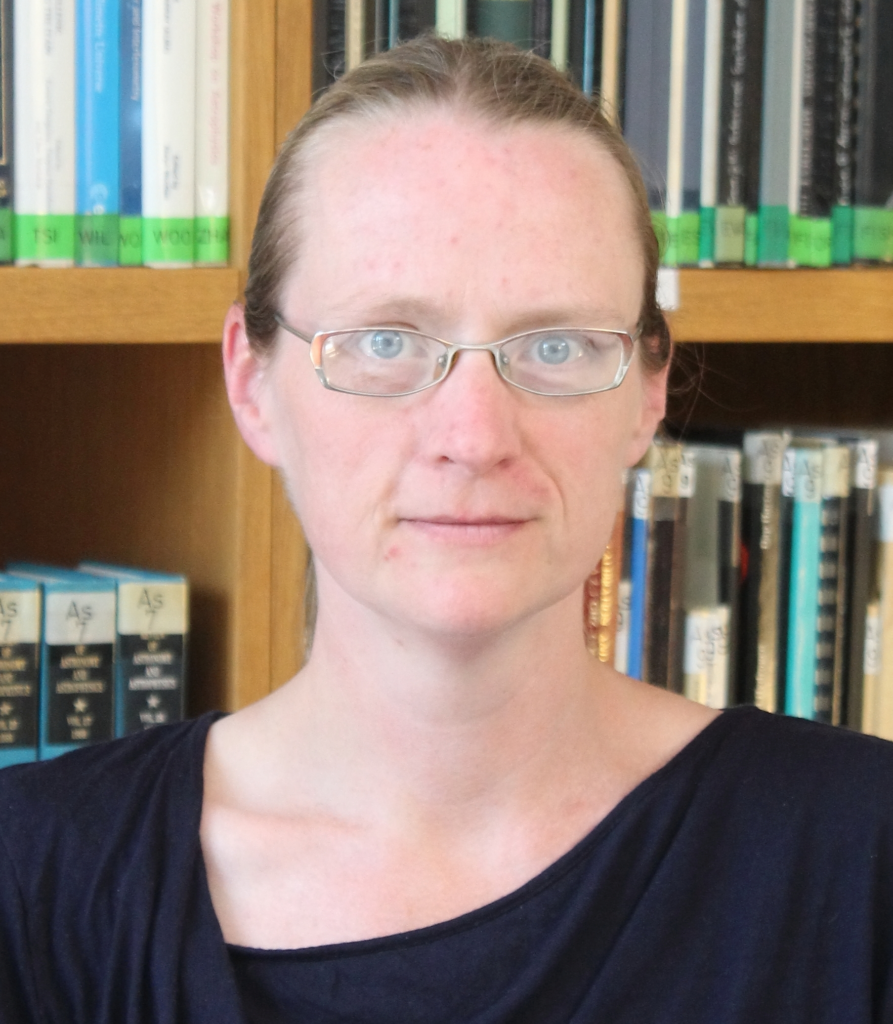
Dr. Laura Spitler (MPIfR) is a tenured, independent Lise-Meitner Research Group leader (W2). She is an expert in the discovery and characterisation of fast radio transients, such as FRBs, and will contribute to the development of algorithms (P5) that explore new areas of parameter space and search for new classes of radio transients in ARC2. She also has extensive experience with radio follow-up observations (P2) of repeating FRBs and connecting these observations to proposed models of FRB origins (P5).

Prof. Dr. Serena Viti (Leiden University / UB) is the designated Hertz Chair in astrochemistry at UB. She is an expert in the simulation and interpretation (P4) of molecular observations (P2) in our own as well as in external galaxies (ARC1). In particular, she is an expert in chemical and radiative transfer modelling (ARC2) and her group develops open source chemical models as well as statistical and ML techniques (P5) that allow a robust interpretation of the observations. Her research is strongly interconnected with our efforts in laboratory astrophysics (P3).
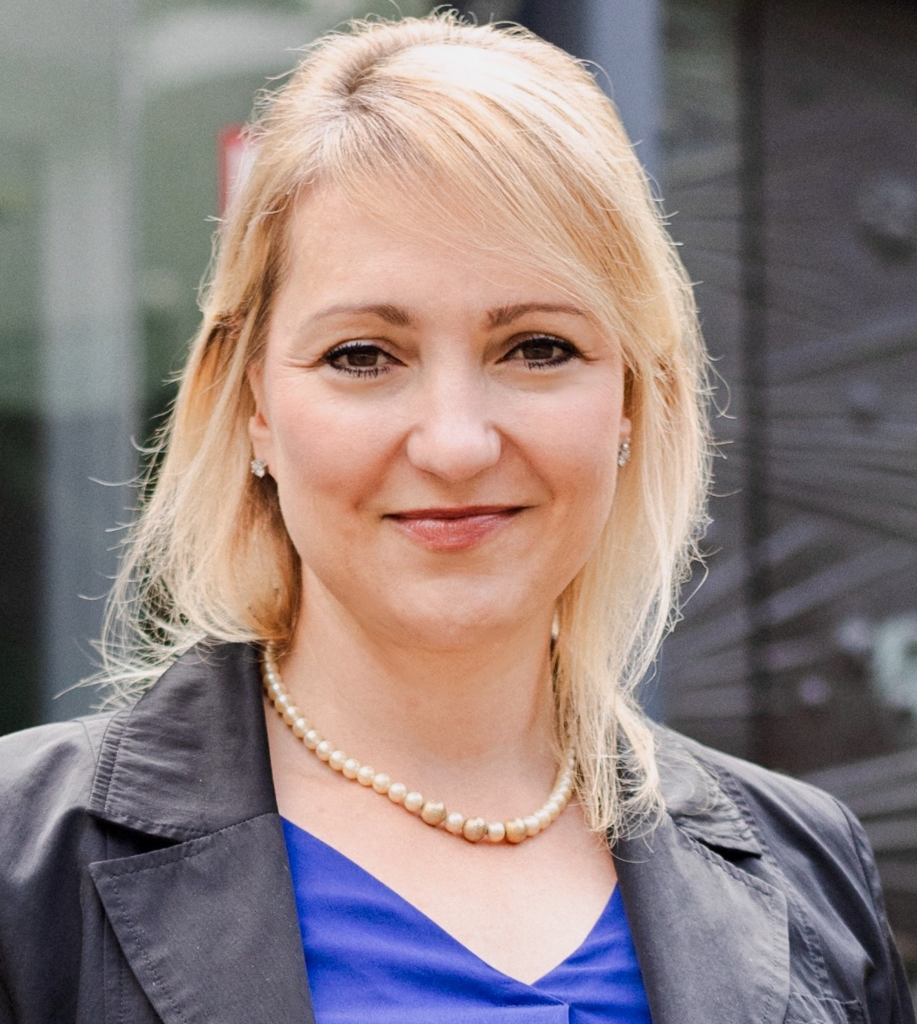
Prof. Dr. Stefanie Walch-Gassner (Walch; UoC) is a full professor for theoretical astrophysics. She is the spokesperson of the new CRC 1601 and the designated spokesperson of Dynaverse. She studies the physics of the ISM, which is key to unravelling the evolution of galaxies that form within the cosmic web over timescales of Gyr and to enabling star and planet formation on timescales of several 10 kyr to Myr (ARC1) while short-term effects like supernova shocks or astrochemical processes shape this evolution (ARC2). She develops numerical algorithms for computational astrophysics (P4) and will explore novel techniques for comparison with observations and AI-assisted simulations (P5).
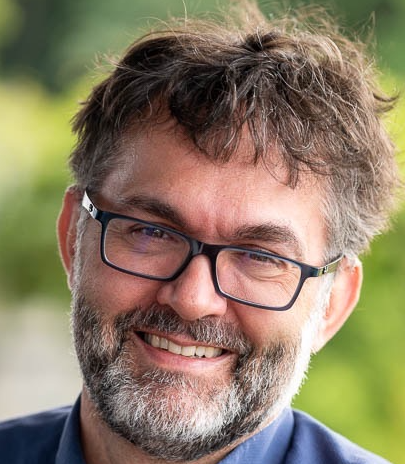
Prof. Dr. Stefan Wesner (UoC) is the Director of the ITCC and full professor for parallel and distributed systems. He is also the chairman of the executive board of the Deutsches Forschungsnetz (DFN). Together with his team, he contributes to the efficient management of the experimental / simulation data, optimisation, and adaptation of the simulation methods for current and emerging heterogeneous hardware systems. Furthermore, he contributes to the development of new methods and algorithms for analysing time series data (ARC2), the realisation of the SUE, and P5.

